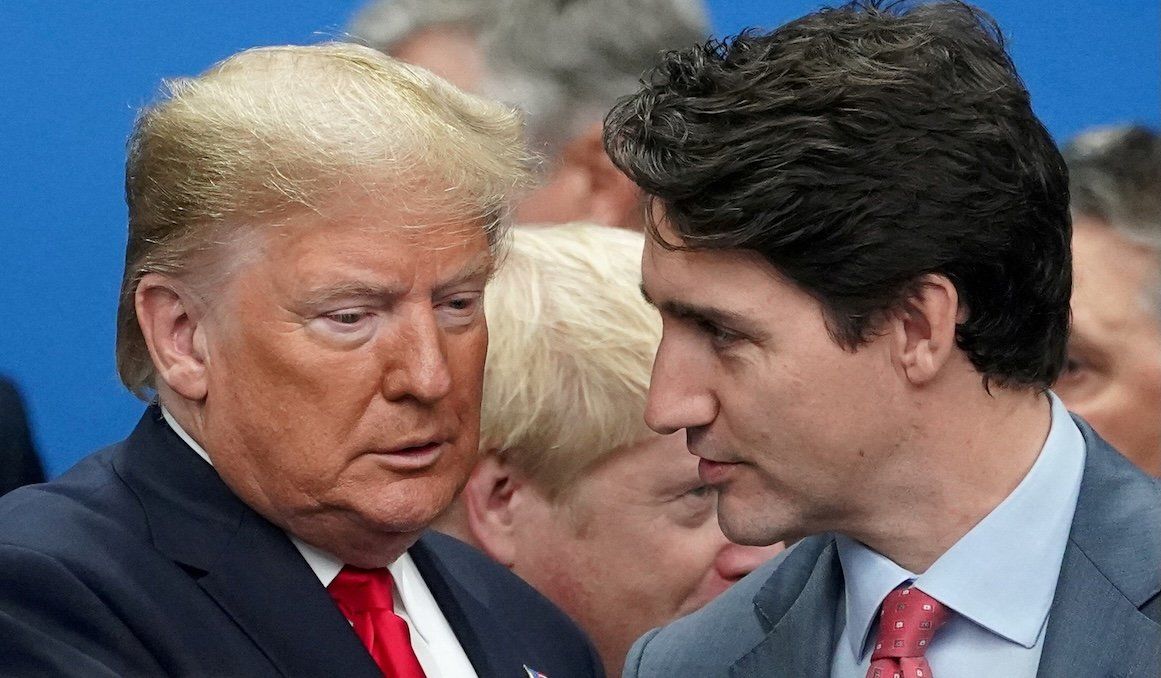On Thursday, US President Donald Trump announced a one-month tariff reprieve on all Mexican and Canadian goods governed by the USMCA, as well as potash,until reciprocal tariffs are imposed worldwide on April 2.Canada supplies 80% of US potash, a critical component of fertilizer. The decrees follow Wednesday’s one-month tariff reprieve for America’s Big 3 automakers: Stellantis, Ford, and General Motors.
What will be tariff-free? According to senior administration officials, 50% of goods entering the US from Mexico and 38% of goods from Canada would qualify. Some Canadian energy products will still be subject to a 10% tariff, and some Mexican products, like computers, will still face a 25% tariff.
How have Canada and Mexico responded? Mexican President Claudia Sheinbaum had not imposed tariffs but was set to announce them Sunday if no deal was reached.
Canada’s initial set of tariffs on $30 billion in American goods imposed on Tuesday will remain. A second wave of $150 billion set to take effect after 20 days has reportedly been suspended until April. Ontario Premier Doug Ford also said that Canada would be imposing a 25% tariff on electricity exports starting Monday, regardless of whether tariffs would be lifted. Canadian provinces have also removed US-made alcohol from store shelves and barred American firms from procurement contracts, and there is no sign that this measure will be reversed.
Why did Trump change course? Trump said “I wasn’t even looking at the market” but major stock indexes plummeted this week, as investors were spooked by the uncertainty. In the Oval Office, Trump said “This is about companies and countries that have been ripping off our country and they won’t be ripping off our country anymore.”
Trump’s reprieve on Mexico specifically mentioned actions taken to stem the flow of illegal aliens and fentanyl into the US. This contrasts with his conversation Wednesday with Canadian Prime Minister Justin Trudeau in which Trump claimed Canada’s efforts on fentanylwere insufficient to drop US tariffs.
But the US president has citedother reasons for tariffs on Canada, including accusing the country of not allowing US banks to operate there and falsely claiming that the US “subsidizes” Canada to the tune of $200 billion a year. Commerce Secretary Howard Lutnick alsoaccused Canada of having a “national tariff” on US products because it has a 5-15% federal-provincial sales tax.